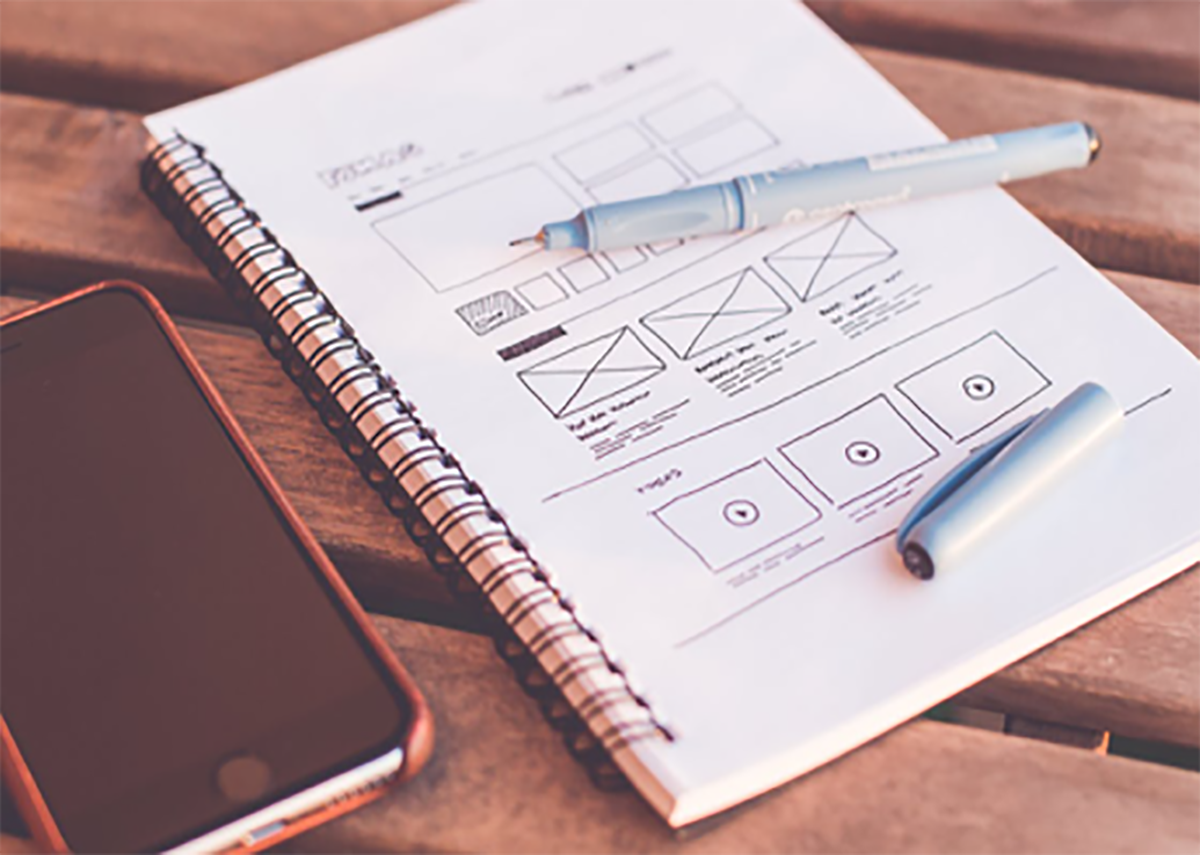Which Usability Testing Methods Work Effectively?
Share

Usability testing is an effective method to understand the target audience. These testing methods generate high-value information about potential customers. Web developers use this information to create engaging websites and strategically position calls to action. Some effective usability testing methods are:
1. Heatmaps
Heatmaps are a digital usability testing technique that enables researchers to gather real-world data. The best part about this testing method is that it generates results without any observer effect. It means that observation doesn’t have any effect on the outcome. Therefore, researchers can obtain actual patterns of user behavior. They choose specific metrics such as scrolling and clicking patterns to understand how a user moves through the web page.
With heatmaps, researchers can determine if the content inspires the target audience. If it doesn’t, they can look at what needs changing. Moreover, developers can determine the right location of the call to action tabs. Properly conducting this technique helps web development teams lead target audiences through the sales funnel. Heatmaps are helpful to generate information in real-time for underperforming metrics such as Internal click-through rate.
2. Session Replays
While heatmaps supports web development teams in understanding basic user behavior patterns, session replays take this process even further. This method allows researchers to understand how users interact with the web page using mouse tracking. In other words, session replays identify elements on the website that are complex and why users hesitate before taking that specific action. This helps UX teams answer the following questions:
- Are users confused about call-to-action?
- What elements are confusing for the users?
- Are users following the right patterns to purchase products?
Usually, session replays are un-moderated tests performed remotely. But, researchers can create an assessment test and interrupt the participants where necessary.
3. The Five-Second Test
A five-second test is a controlled testing process that collects data of the first user interaction. UX teams conducting the test ask a question and show participants a screenshot for– you guessed it- five seconds. Usability testing moderators can reverse the process of the test. That means they can ask the question after showing a screenshot, so participants won’t focus on specifics.
Research indicates that it only takes users five seconds to decide if they will buy a product or not. Whether they are reading a blog or checking a product, the first few seconds are valuable. With this usability testing method, researchers can identify the attention-grabbing elements on the web page. Furthermore, they can determine the effects of popups on user behavior. Digital mouse flow five-second test is an alternative, which is a blend of five-second test and session replay usability tests.
4. Remote Usability Testing
Remote usability testing can be moderated and un-moderated. This usability testing process is trendy right now because of social distancing due to pandemics. In this testing method, UX teams hire participants and observe their behavior while they take the test. The test consists of various tasks and an interview. Depending on the remote usability testing type, moderators can or cannot interrupt users while they take the test.
Remote usability testing is an effective testing method. UX teams can obtain large sample data that answer wide-ranging questions. The major reason researchers conduct remote usability testing is to understand user behavior and patterns. Using the data they generate, UX teams and developers modify the web or mobile application according to the target audience’s tastes and preferences.
Conclusion
Conducting usability testing generates valuable data that web development teams can use to enhance user experience. Moreover, the data boosts conversion, engages potential customers, and reflects on business growth. However, it is important to choose the right usability testing method. The UX research team can use the above data to identify the right tool to understand the target audience.



